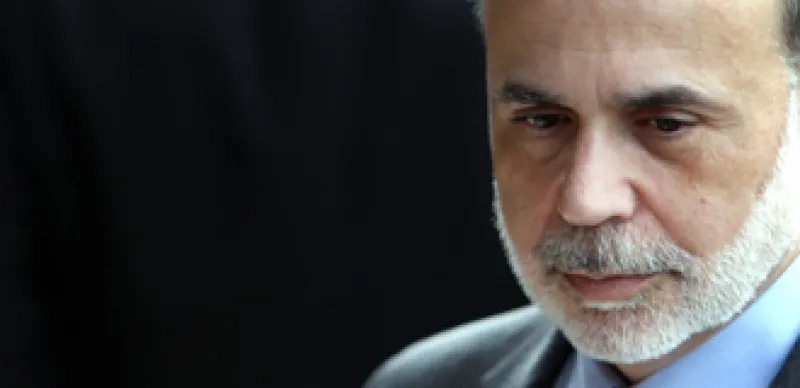Over the next eight months, the Federal Reserve will conduct QE2 — quantitative easing, the sequel — buying $600 billion worth of long-term Treasury bonds in the open market. That’s close to 7 percent of all Treasuries in public hands, or about the amount of debt the U.S. government will issue during that time period.
The Fed has already taken short-term rates down to zero, pushing income-seeking investors and savers to higher-yielding, higher-credit-risk, higher-duration-risk bonds. Now, with the magic of QE2, the Fed wants to drive long-term rates down to heretofore-unseen levels and push investors in any Treasuries toward higher-risk assets: junk bonds, real estate, stocks and commodities. The Fed also hopes (all it can do at this point) that low interest rates will nudge businesses to invest and to hire. That’s unlikely.
The value of any asset is the present value of its future cash flows. In theory, lower interest rates decrease the number that businesses use to discount future cash flows — making future cash flows more valuable today — and that is what the Fed is betting on. In practice, however, the fickle source of lowered interest rates is not lost on businesses. Rising debt on government and Fed balance sheets and overheating money-printing presses don’t generate confidence about future cash flows. High government debt eventually leads to higher taxation, higher interest rates and lower growth. So the Fed’s action may have an impact opposite to what it intends. Also, at some point quantitative easing will have to be followed by quantitative uneasing, as the Fed will have to sell all those bonds (unless they are held until maturity), which will bring higher interest rates.
QE2 is like a drug prescription that comes with a list of side effects that are often worse than the disease it is supposed to treat. It is difficult to know all the side effects and unintended consequences of QE2, but it may result in a substantial decline in the dollar, stagflation and lower economic growth. Paradoxically, QE2 may actually result in much higher interest rates — investors expecting much higher inflation will demand them.
The Fed’s manipulation of interest rates creates a long-term problem for the economy. Because rates are set behind closed doors by the 12 members of the Federal Open Market Committee, the free market is not allowed to discover what interest rates should be.
The result is not that different from what’s happening in China, whose Communist government has been under attack by Western politicians, the media and even yours truly for manipulating its currency. We are all well aware that the renminbi is undervalued relative to the dollar and the euro, but the Chinese government won’t let the free market know by how much. Government intervention (be it Chinese or U.S.) creates excesses that are not allowed to self-correct and thus lead to bubbles.
QE2’s possible success worries me more than its failure, because it will come with all the side effects I just mentioned, plus newly created stock market and real estate bubbles. The paper wealth created by these bubbles will vanish when they burst (as bubbles always do), wealth will be destroyed, and consumers will find themselves further in debt.
The Fed could take a lesson from Japan. From 2001 to 2006 the Bank of Japan pursued its own version of QE, creating a bubble in Japanese bonds that deflated, but failing to lift the economy out of stagnation. Unlike the Fed, the Bank of Japan recently stopped hiding its true intentions of propping up the equity market, announcing that it will be buying Japanese exchange-traded funds and real estate investment trusts.
Unfortunately, the Fed’s toolbox is missing a must-have instrument to fix the current problem: the “do nothing” tool. This very important tool would let the economy heal itself, even if unemployment stayed at 10 percent for a while and housing prices declined to their true level. However, such a scenario is unlikely because it requires pain, and Americans have little tolerance for pain (after all, the most prescribed drug in the U.S. is the narcotic Vicodin, a painkiller). This is why, regrettably, as the effects of QE2 wear off (assuming they succeed at all), they are likely to be followed by QE3, QE4 and so on. The U.S., like Japan, will be trapped in an environment of low rates.
If the Fed succeeds and creates a bubble in stocks and other asset classes, investors’ true time horizons and discipline will be put to the test. But when the bubble bursts, the money will flow to its rightful owners. The Fed doesn’t want you to be in cash; it wants you to reach for yield and speculate — but don’t. In the absence of good investment opportunities, the worst thing you can do is take advice from the Fed.
Vitaliy Katsenelson is CIO at Investment Management Associates in Denver and author of The Little Book of Sideways Markets.






